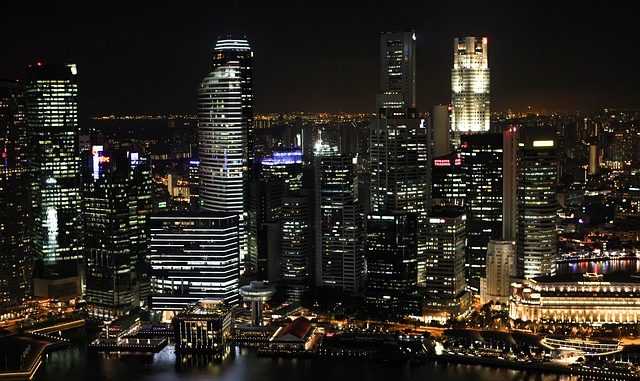
In terms of energy, ecodistricts have seemed, in recent years, to be able to respond to many emerging challenges: the necessary development of renewable energies, better energy efficiency, greater commitment from local authorities and cities.
With a great deal of communication and public subsidies, these districts have multiplied in most European countries.
Can we today consider this development as virtuous for energy, cities and citizens?
Not all ecodistricts players share the same approach:
– For some, an ecodistrict is a portion of a city: it de facto inherits the city’s objectives, for example, in terms of energy efficiency. It is often considered as a test perimeter, as for the development of renewable energy sources.
– For others, an ecodistrict is the extension of the concept of building to a perimeter comprising several buildings.
Seeing an ecodistrict as part of a city is a usual urban planning process; it aims to (r) establish a “mindset”, a district’s identity in relation to its location, its vocation and the people who frequent it. Seeing an ecodistrict as a fully-fledged entity, as a test perimeter has led to defining energy systems for their only perimeter: sometimes nonsense!
Seeing an ecodistrict as the extension of a building unfortunately also reinforces the vision of considering it as an isolated entity.
Finally, some ecodistricts have been imagined by sorcerer’s apprentices, without the necessary consultations. Ecodistricts should be places for croos-functionalities, between activities, between urban systems (energy, transport, social services): their design must therefore follow the same model and requires more consultation and involvement from the start of many specialists.
Not all ecodistricts have been subject to a posteriori performance monitoring, particularly on energy issues, but most of the evaluations to which I have had access show disappointing, even very disappointing results.
The political decision-makers, promoters of their development and often funders do not have the expected return. Designers never really meet districts’ “users” and operators.
Let us be inspired by a building: the promoter and the builder are in charge of delivering it to future occupants, the facility manager or the syndicate of co-owners then manage it.
Could we not, by analogy, design ecodistricts by including all of the parties concerned from the outset by giving urban planners a stronger role of coordination and transverse animation?
Could we not impose global reasoning on the level of cities whose ecodistricts are a variation? We would thus have the possibility of adapting each system, energy in particular, to the perimeter to ensure optimal functioning.
Then, to ensure consistency and monitoring of the actions of all the users and operators of an ecodistrict, wouldn’t a district operator manager committed on results be a source of progress? Would it not allow political decision-makers, public funders, developers, to believe in the capacity of an ecodistrict to achieve the objectives assigned to it? Could it not also be the basis and instigator of the coveted district spirit?
These three areas of work are obviously virtuous: they will surely allow a much better “efficiency” of approaches in ecodistricts. Their possible scope goes far beyond the energy field. It is a question of developing within the framework of the ecodistricts a viable economic model, an efficient and recognized organizational model and a societal model avoiding the inhabitants to develop, as I have often seen, the regret of having believed in a better quality of life in an ecodistrict.
Subscribe to receive every quarter all articles of the blog: [sibwp_form id=2]




Leave a Reply